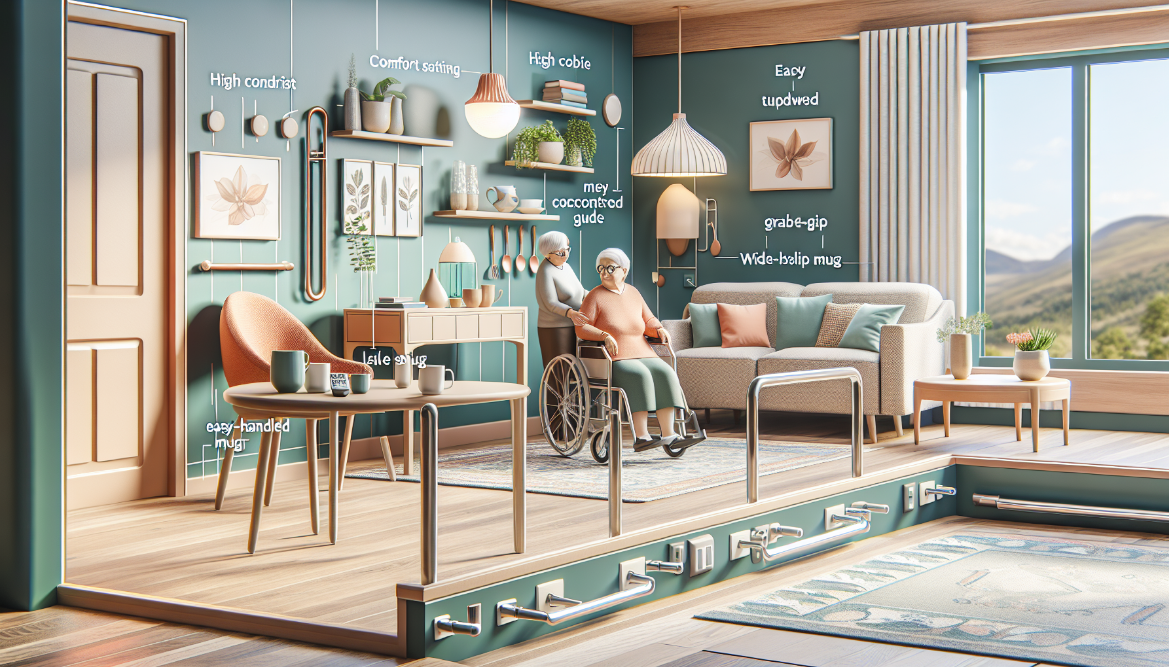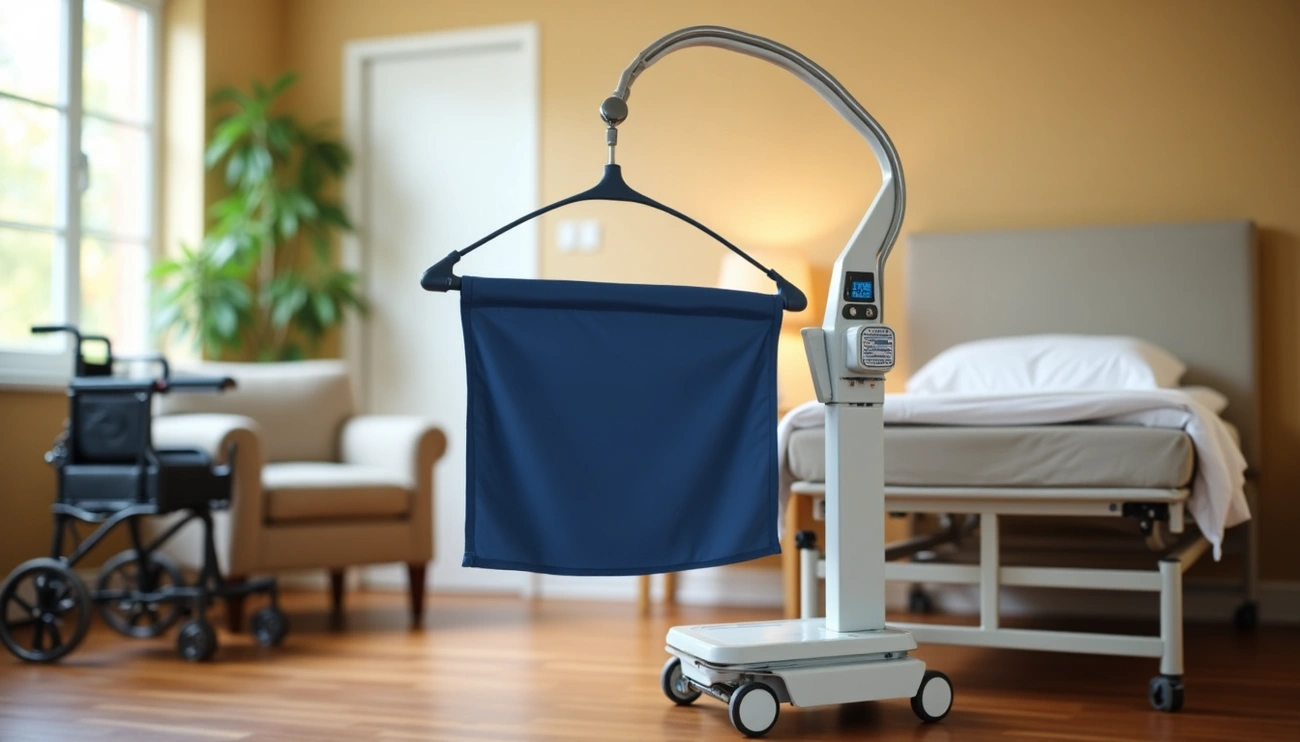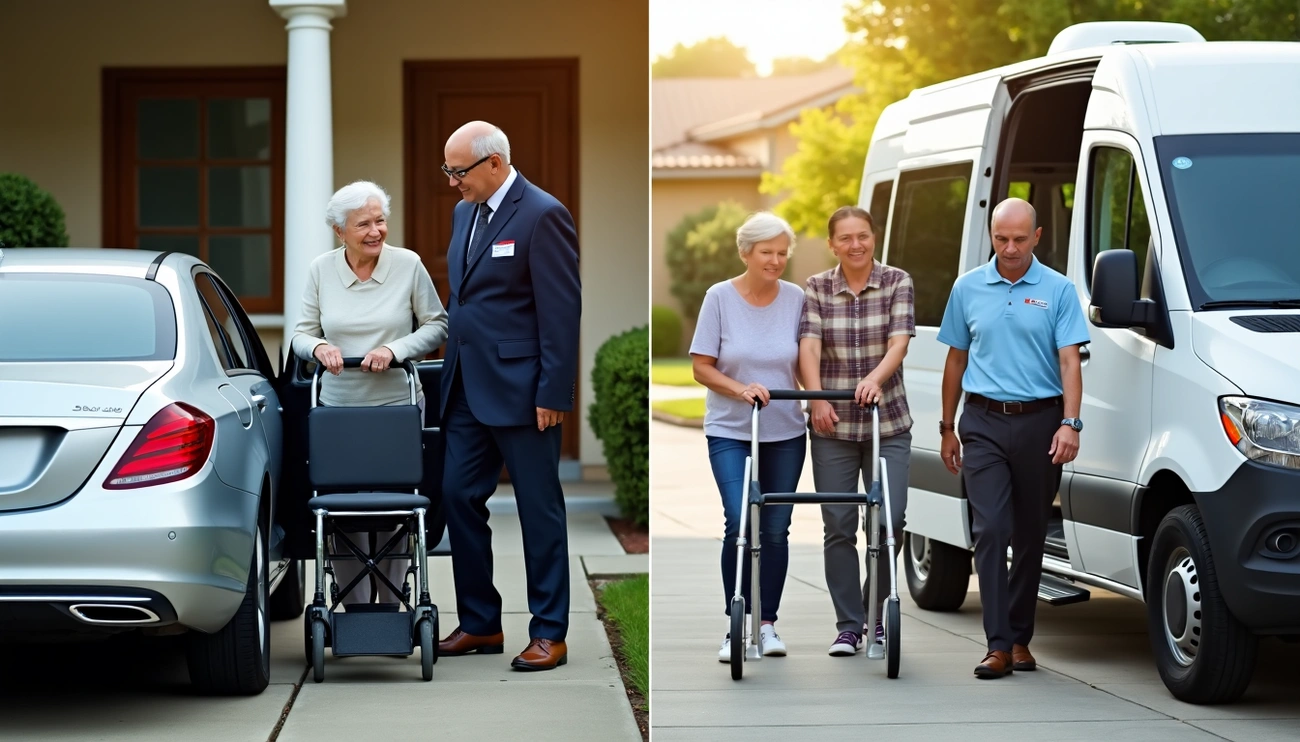Living aids are essential for seniors, offering them the autonomy to carry out daily tasks securely and with pride, significantly mitigating the risk of falls, injuries, and disability 1. These aids cater to individuals facing age-related challenges, disabilities, or conditions like diabetes and stroke, ensuring their daily comfort and safety 1. Incorporating assistive devices such as walkers, magnifiers, pill organizers, and non-slip mats into their routine can transform the living experience of the elderly, aligning with personal care, mobility, and safety needs 1. This article will explore the top living aids that promote physical therapy, podiatry, and overall well-being for seniors, enhancing their quality of life.
Types of Senior Daily Living Aids
In exploring the types of senior daily living aids, it’s essential to categorize them based on their purpose and the specific needs they address.
- Walking Assistance Aids:
- Wheelchairs and Scooters:
Daily Living Aids:
- Hygiene and Bathroom Aids:
- Kitchen and Dining Aids:
Safety and Independence Enhancements:
- Room and Living Space Aids:
- Personal Care Aids:
This comprehensive array of aids underscores the variety available to support the elderly in maintaining independence and comfort in their daily lives.
Choosing the Right Aids for Your Needs
Choosing the right aids for daily comfort involves a comprehensive approach that considers the unique needs, preferences, and environments of seniors. Here’s a step-by-step guide to ensure the selection process is both informed and effective:
- Assessing Mobility Needs: Engage in a detailed conversation with your loved one about their needs and include their physician in the discussion to get a professional perspective on the most suitable aids 3.
- Testing Different Aids: Whenever possible, test various mobility aids to find the one that offers the best comfort, safety, and ease of use for the individual 3.
- Budgeting for Mobility Aids: Understand the financial aspect of acquiring mobility aids. Canes typically range from $15 to $25, walkers or rollators can cost between $40 and $200, while powered wheelchairs or scooters start at $1000. It’s crucial to explore coverage options from insurance providers to manage expenses effectively 3.
Sanrai Med India provides an extensive range of mobility solutions, including rental, repair, and maintenance services. They also offer valuable resources such as health awareness and education, along with a comprehensive guide titled ‘Choosing the Right Mobility Aid for You: A Guide for Seniors’ to assist in making informed decisions 15.
Innovations in Senior Living Aids
Innovations in senior living aids are revolutionizing the way seniors interact with their environment, ensuring safety, comfort, and independence. Here are some of the latest advancements:
- Smart Mobility Aids:
- Smart Wheelchairs and Folding Scooters: Enhancing mobility with advanced technology for easier navigation 13.
- Standing Chairs: Offering the ability to stand, promoting health and social interaction 13.
- EZ-Lift™ Wheelchair Seat: Features seat lift assistance and anti-rollback braking for added safety 9.
- Health Monitoring Devices:
- Home Safety and Comfort:
- Companion Robot for Seniors – Ryan: An AI-enabled robot that provides social interaction, cognitive games, and yoga sessions 16.
- AI Smart Lamp – Nobi: Detects falls and alerts caregivers, enhancing nighttime safety 16.
- Smart Shower Systems: Automated washing and drying systems designed for the elderly and obese, simplifying personal hygiene 19.
These innovations signify a leap towards more autonomous and secure living for seniors, integrating technology into everyday life for enhanced well-being and independence.
Conclusion
Through an exploration of essential living aids, ranging from mobility enhancements to innovative technological devices, this article has shed light on the critical role these aids play in ensuring the daily comfort and autonomy of seniors. By addressing specific needs across various facets of day-to-day life, from personal hygiene to home safety, these aids significantly contribute to improving the quality of life for the elderly, fostering an environment of independence and dignity. The importance of selecting the right aids tailored to individual preferences and requirements has been underscored, emphasizing a comprehensive approach that involves both personal and professional insights.
As the landscape of senior care continues to evolve, fueled by advancements in technology and a deeper understanding of elder needs, the significance of these living aids in enhancing senior well-being cannot be overstated. These innovations not only offer practical solutions to everyday challenges but also herald a future where aging is met with grace, autonomy, and an enhanced sense of security. The continuing development and integration of smart devices and health monitoring systems promise to further elevate the standard of care and independence afforded to our aging population, marking a pivotal shift in how we support our seniors in leading comfortable, fulfilling lives.
FAQs
What types of living aids are beneficial for the elderly? For seniors looking to simplify their daily routines, smart assists like Amazon Echo or Google Nest can be incredibly useful. These devices respond to voice commands, allowing users to control lights, set alarms, receive reminders, and enjoy music without physical effort.
What constitutes a daily living aid? Daily living aids are specialized products designed to help individuals with limited mobility manage everyday activities at home or work more easily. Products such as shower chairs, canes, two-handled cups, and transfer boards are common examples that facilitate routine tasks.
Can you provide examples of equipment that supports independent living for individuals? Assistive technologies that empower people to carry out daily tasks independently include mobility aids like wheelchairs, scooters, walkers, canes, crutches, prosthetic devices, and orthotic devices. Additionally, hearing aids are available to assist those with hearing impairments.
What devices are accessible to help individuals preserve their autonomy? To enhance stability and prevent falls, individuals who have generally good balance but occasionally need support can use walking aids such as crutches or walking sticks. These aids not only provide physical support but also boost confidence in one’s ability to remain independent.
References
[1] – https://allamericanathanson.com/daily-living-aids-for-seniors-to-improve-independence/ [2] – https://jbmedical.com.au/10-daily-living-aids-to-help-the-elderly/ [3] – https://www.visitingangels.com/knowledge-center/senior-health-and-well-being/how-to-choose-the-right-mobility-aid/197 [4] – https://familytreecares.com/right-mobility-aids-help-seniors-safe/ [5] – https://www.greentreewestwood.com/senior-living-blog/choosing-the-right-mobility-aids-for-seniors/ [6] – https://onhealthcare.ie/mobility/how-to-choose-the-right-mobility-aids-for-an-elderly-person/ [7] – https://www.exmed.net/aids-for-daily-living [8] – https://step2health.com/blogs/news/daily-living-aids-for-seniors [9] – https://www.directsupply.com/blog/2023-innovative-healthcare-medical-products-for-seniors/ [10] – https://meetcaregivers.com/daily-living-aids-for-seniors/ [11] – https://www.activeforever.com/c-daily-living-aid-products [12] – https://www.thewrightstuff.com/ [13] – https://healthcaresolutions.ca/blogs/articles/importance-of-mobility-aids-for-seniors [14] – https://www.aplaceformom.com/caregiver-resources/articles/cutting-edge-products-for-seniors [15] – https://sanraimed.com/blog/choosing-the-right-mobility-aid-for-you-a-guide-for-seniors [16] – https://www.foxnews.com/tech/5-new-innovations-to-help-seniors-live-better [17] – https://distinctive-liv.com/new-innovative-products-for-elderly-care/ [18] – https://www.brookdale.com/en/brookdale-life/blogs/2023/03/tech-innovations-al.html [19] – https://www.scb.co.th/en/personal-banking/stories/protect-my-family/innovation-for-elderly.html [20] – https://www.ncbi.nlm.nih.gov/pmc/articles/PMC2768139/ [21] – https://www.solaxtech.com/Blog/546.html












